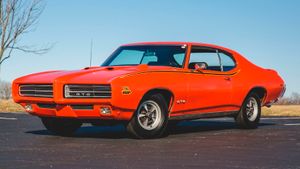How well do you know your fast Mopars? Find out…
Plenty of enthusiasts are into Mopar, even if they have some favorite cars from other brands. The fact that Chrysler and later Fiat Chrysler has catered so much to those with a need for speed and extreme horsepower makes the attraction to gearheads a no-brainer.
How well do you know the Plymouth 'Cuda? Find out here.
It’s time to test your knowledge of Mopar muscle cars and other performance vehicles. How many of the following facts did you already know?
Rarest Hemi Cars
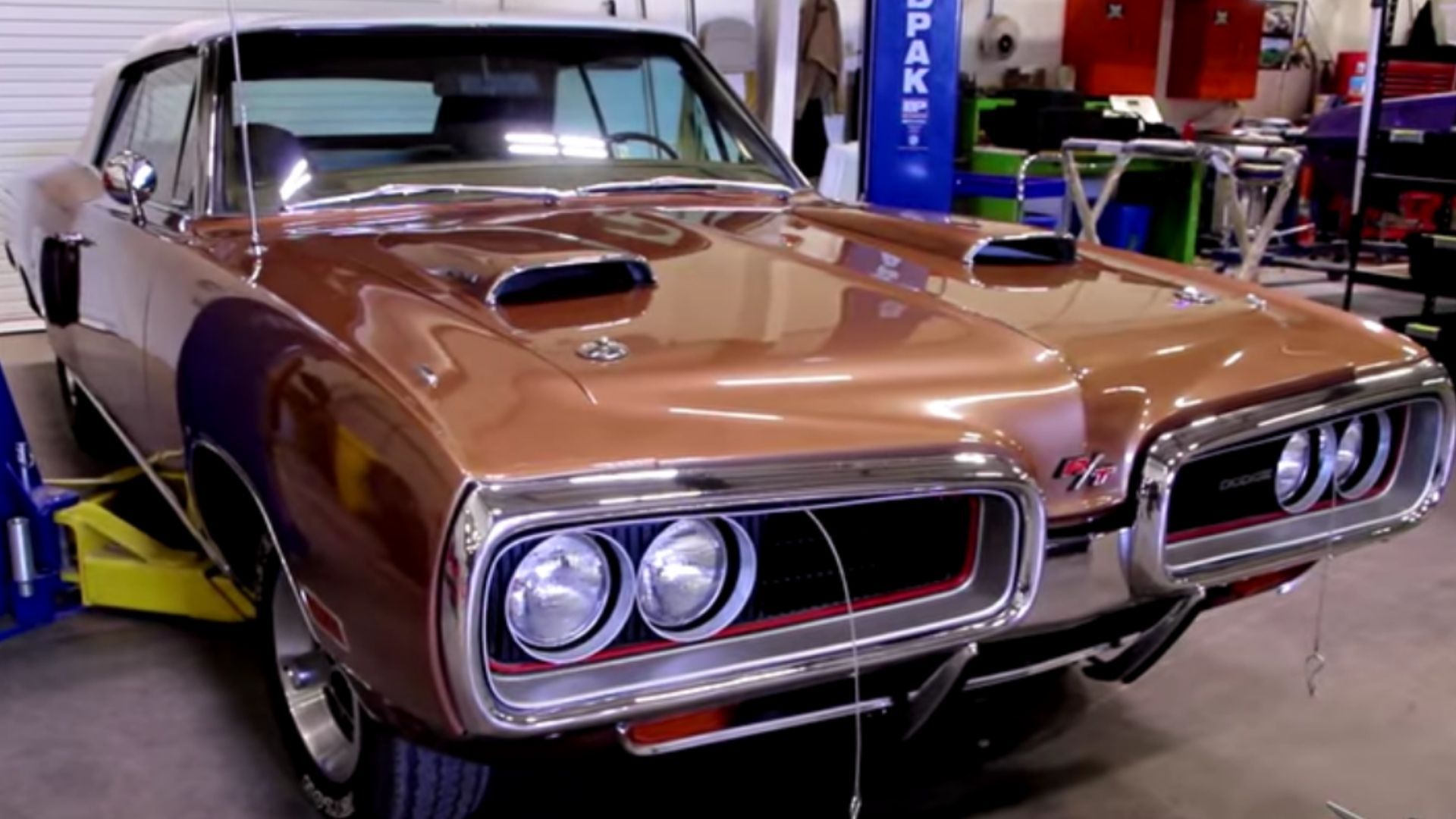
While the Hemi V8 was highly sought-after by enthusiasts during the horsepower wars in the late 60s and early 70s, Chrysler, Dodge, and Plymouth were dropping the engines in all kinds of models to satisfy demand. However, there are two cars which tie for the rarest Hemi-equipped consumer vehicles of the era: the 1970 Dodge Coronet R/T convertible and the 1966 Dodge Coronet four-door sedan. Only 2 were made of each, but all four cars are still in existence today.
Barracuda #1
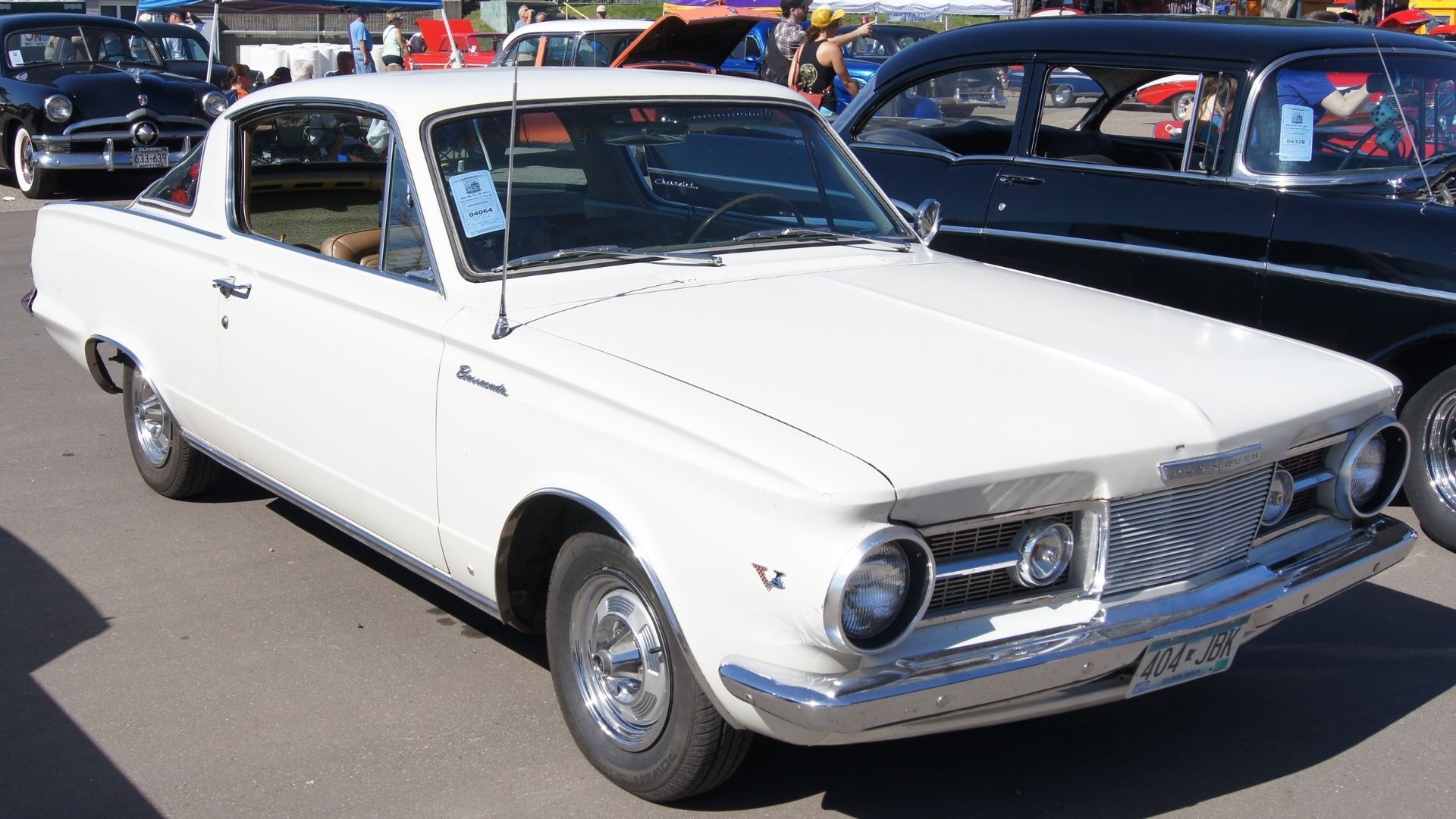
Plenty of people think the Ford Mustang was the first pony car, a perception the Blue Oval certainly doesn’t work hard to reverse. However, the Plymouth Barracuda was the original pony car on the market, the 1964 model year dropping on April 1st, 1964. Ford didn’t release the Mustang until April 17, so the Barracuda barely edged it out in hitting the market first.
First Muscle Car
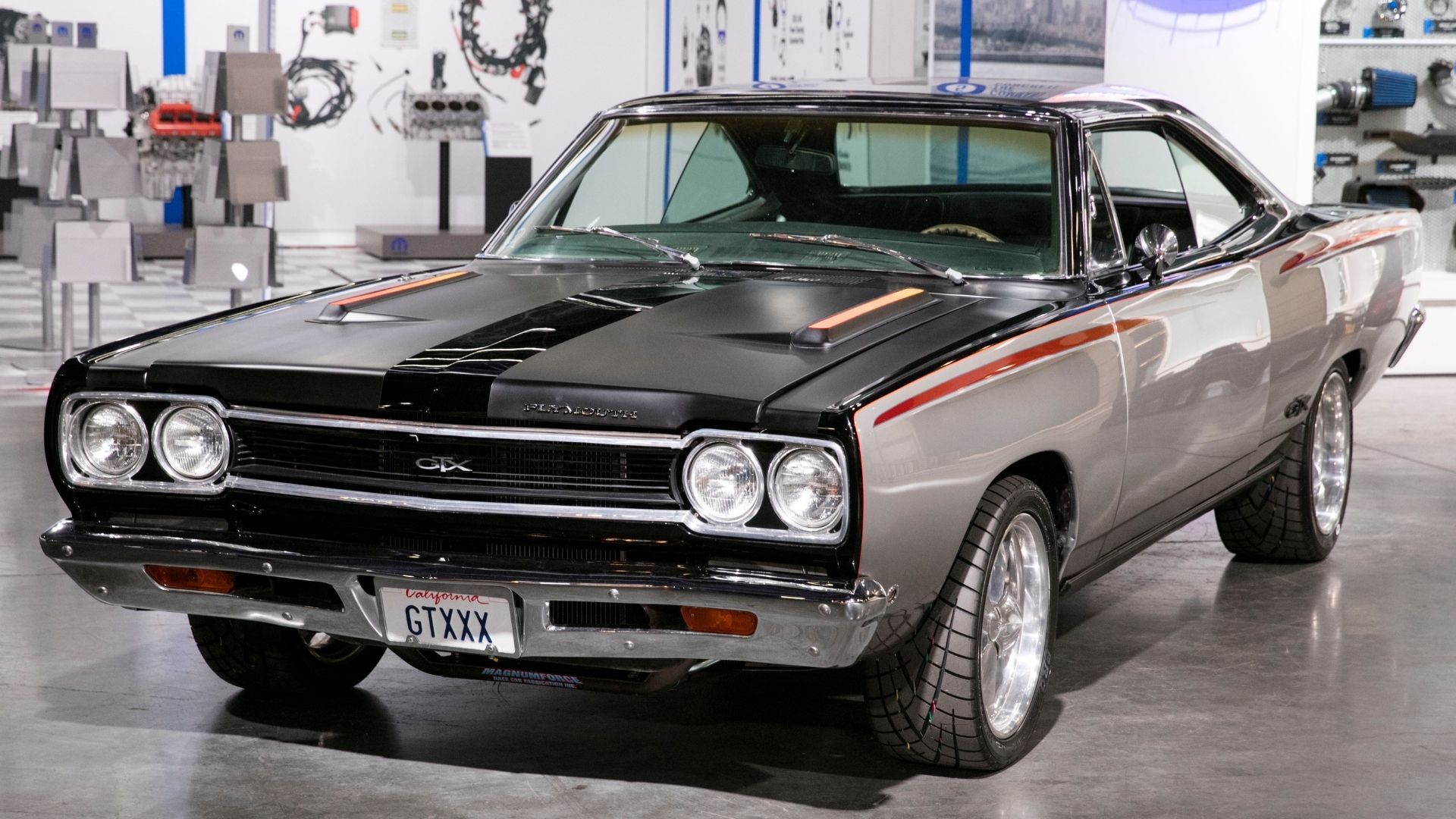
Everyone has their opinion of what constituted the first muscle car. While many say the 1964 Pontiac GTO started the trend, the Mopar faithful tend to point to the 1967 Plymouth GTX and Dodge Coronet R/T as the genesis. What a lot of Mopar and GM fans don’t know is Jim Wangers, who helped make the Pontiac GTO a smash hit, disagrees with both camps. The man feels either the 1956 Dodge D-500 or the 1957 Plymouth Fury V-800 should be considered the first muscle car. That’s quite the compliment coming from a man so closely tied to Pontiac.
Dodge Viper Generation 1.5
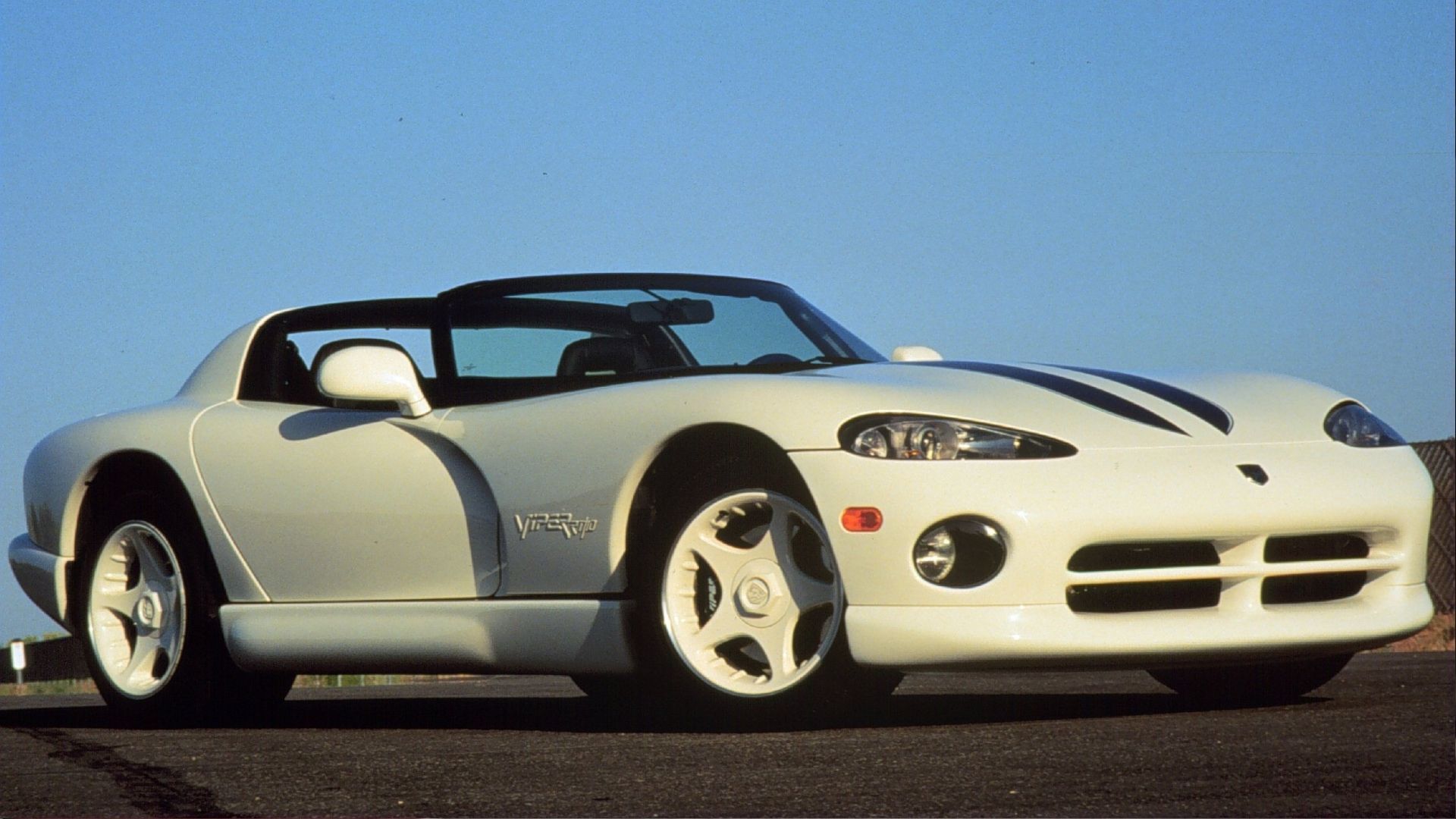
It’s understandable if you think there’s generation 1 Dodge Vipers and generation 2 Vipers but not a mix. That sounds reasonable, but the reality is different. The 1996 Viper RT/10 models aren’t considered true Gen 2 cars by enthusiasts since they’re a mixture of chassis and mechanical elements from Gen 1 and Gen 2. Opinions of whether the 1996 RT/10s are good vehicles or not run the range, with some people absolutely loving them and others insultingly calling them “parts bin Vipers.”
Wing Car Rivalry
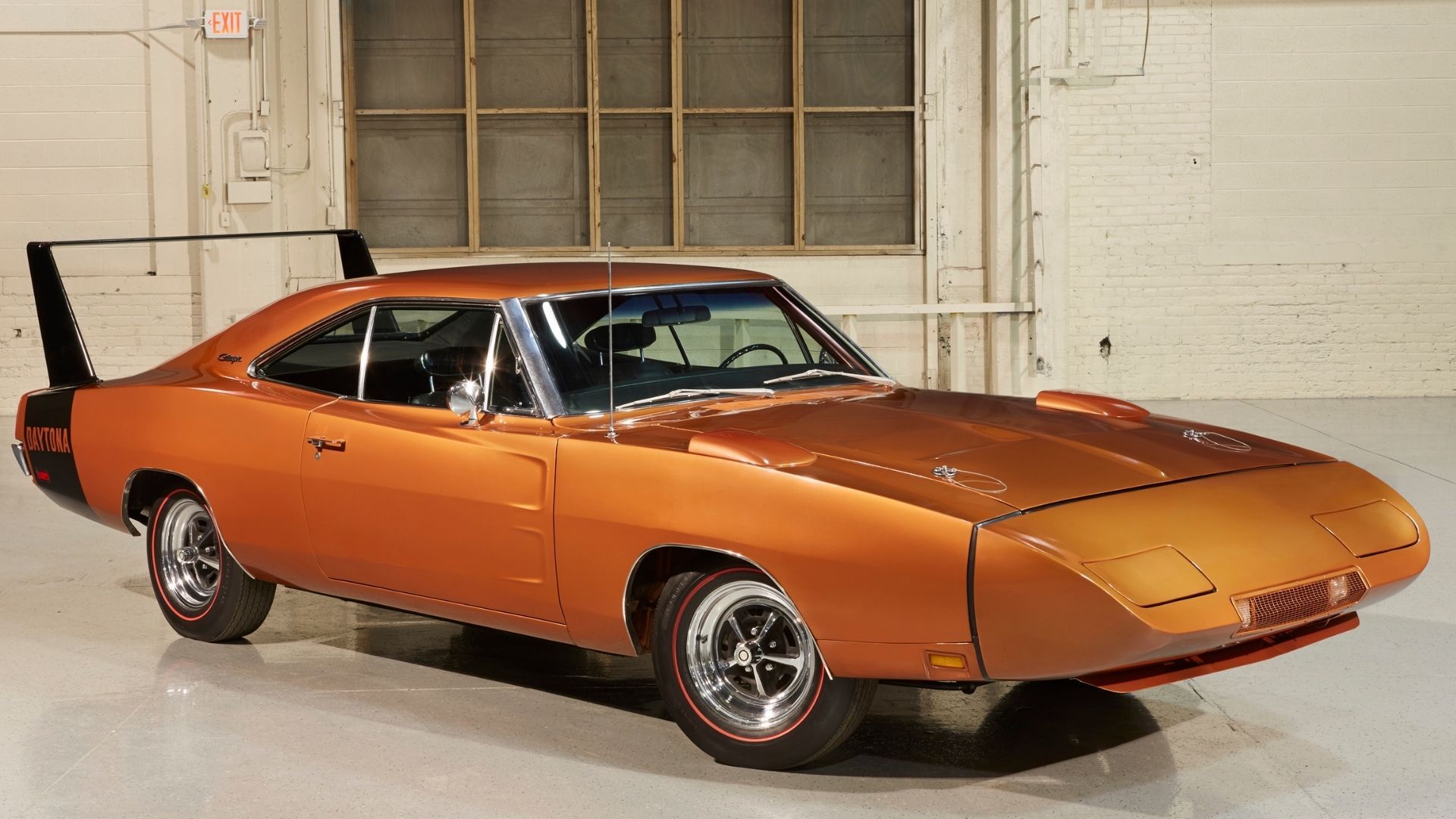
Some people mistakenly assume the Plymouth Superbird and Dodge Charger Daytona were essentially the same. After all, they sported similar nose cones and massively tall rear wings to dominate in NASCAR for their short time in the limelight. And while both Mopars are quite collectible these days, thanks to the homologation specials being made in small numbers, the Charger Daytonas are slightly faster. Differences in the design of the nose cone, wing, and other body panels meant the Dodge boasted a coefficient of drag of just .29 versus .31 for the Superbird. In high-speed, long-distance races that made quite the difference.
Paint Profusion
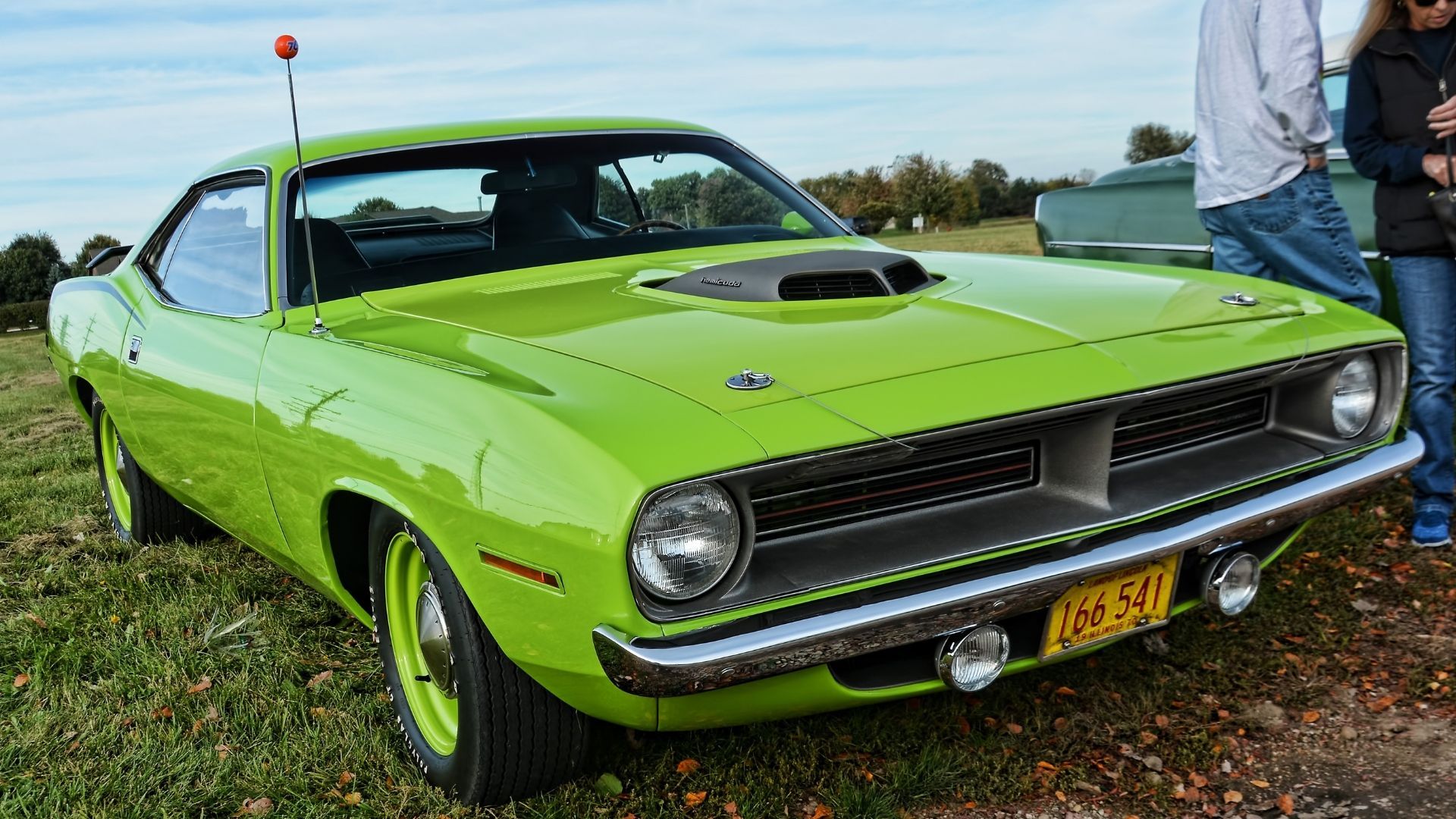
One of the many attractive features of Mopar performance cars has been a huge array of paint options, at least at certain points in history. One of the best examples is the 1970 Plymouth ‘Cuda, which was offered with 25 different paint colors, a dizzying number for shoppers to choose among. Everyone seems to have their favorite hue, but perhaps the most popular are the almost retina-searing High Impact colors: Vitamin C, Tor-Red, Violet Metallic, Lemon Twist, and Lime Light.
Staggered Tires
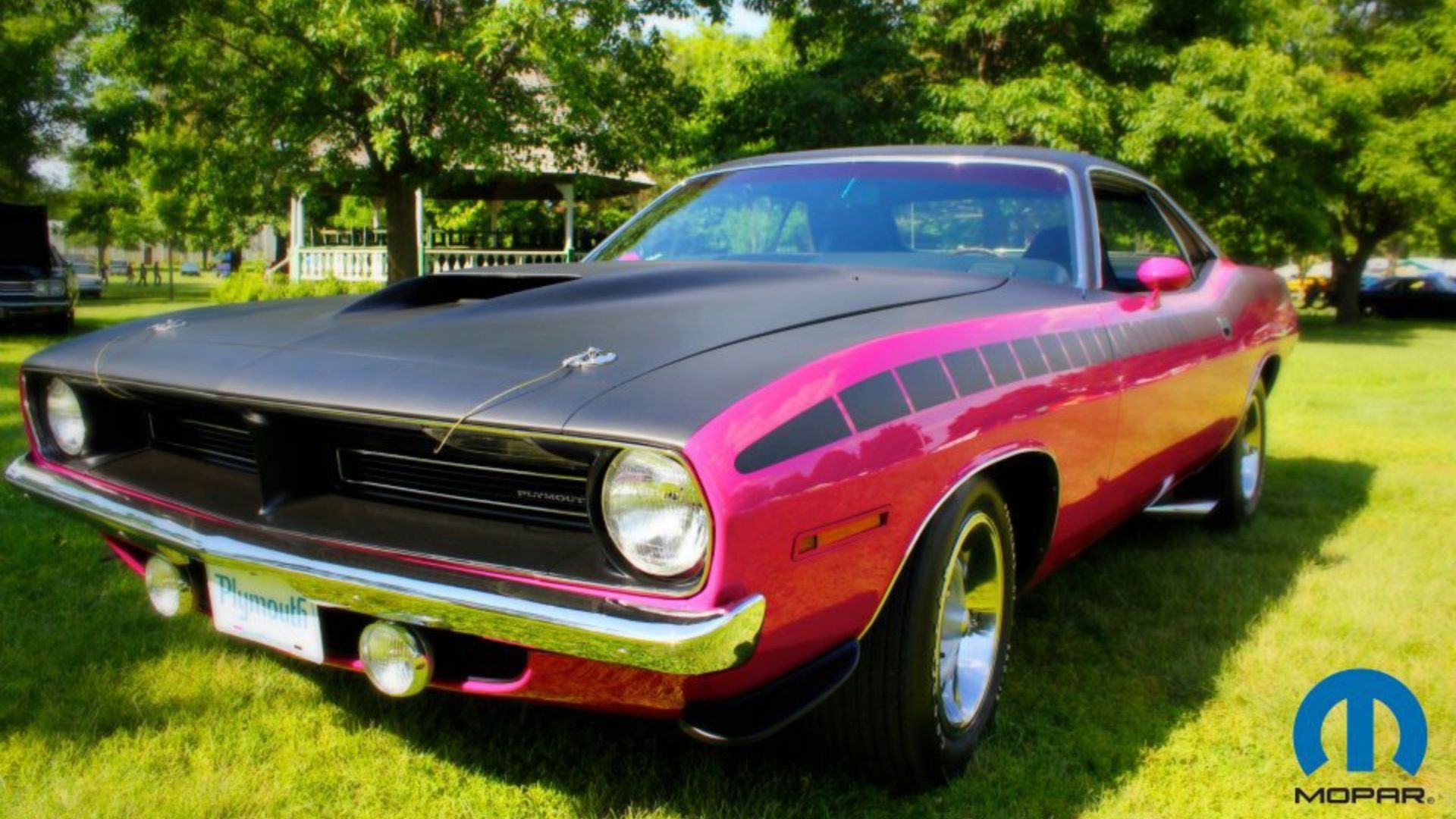
It was Mopar who was first to market with consumer muscle cars wearing staggered tires. The cars which offered such a thing straight from the factory were the 1970 Plymouth AAR ‘Cuda and 1970 Dodge Challenger T/A, both homologation specials which were snatched up by eager enthusiasts. Both muscle cars wore 15-inch E60 Goodyears in the front and wider G60s at the rear, marking an industry first.
First Performance Truck
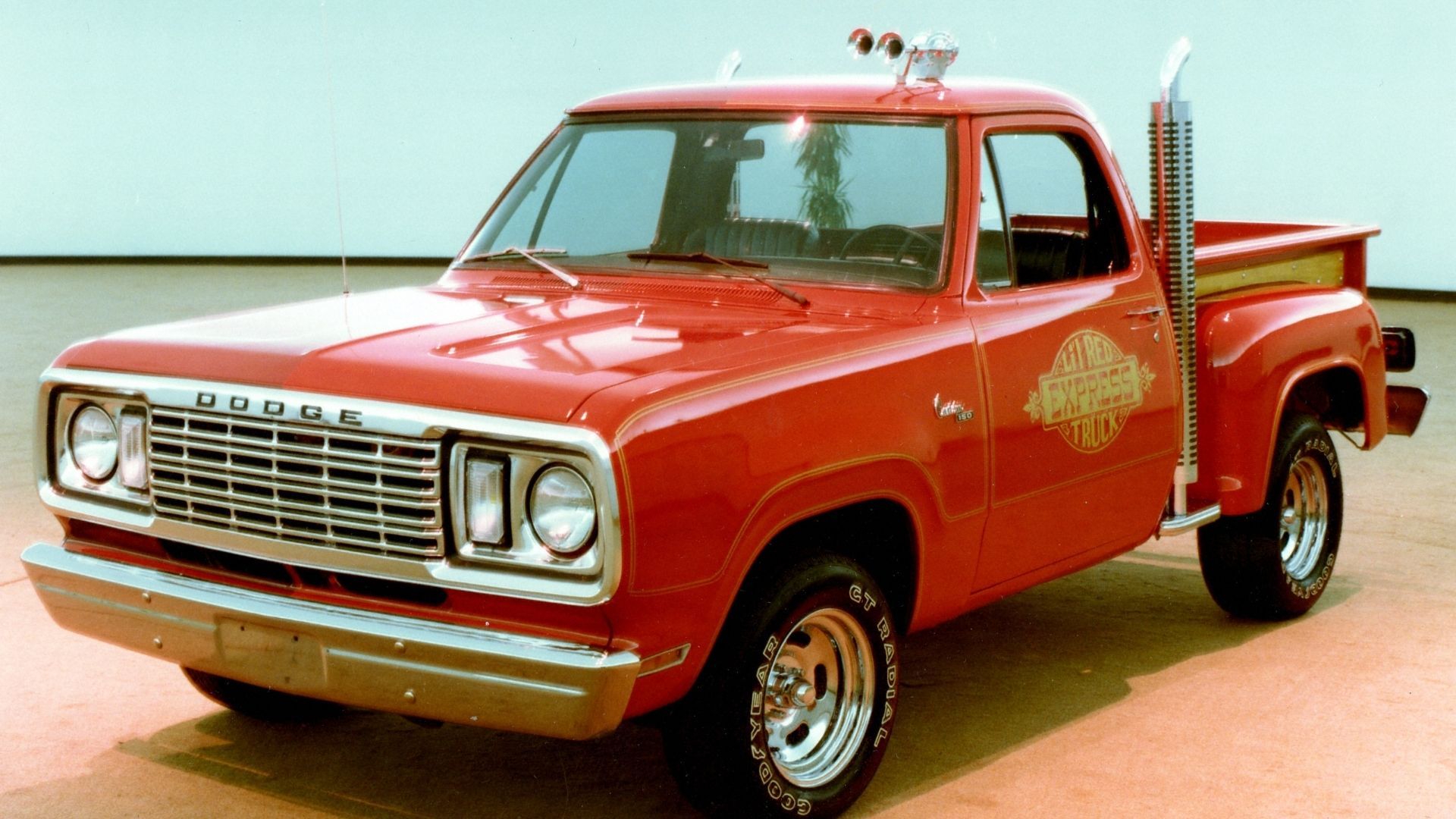
While the Dodge Ram SRT-10 wasn’t the first performance truck, it was a riot with the Viper’s V10 for plenty of tire-smoking fun. GM and Ford fans would likely try to convince you their favorite brand started the performance truck thing, but the reality is that honor belongs to Dodge. Back in 1978 the Dodge Lil’ Red Express thumbed its nose at the current emissions requirements which largely choked out American performance cars. However, it couldn’t be sold in California and a handful of other states because the truck didn’t meet noise ordinance requirements.
AAR ‘Cuda Antenna Placement
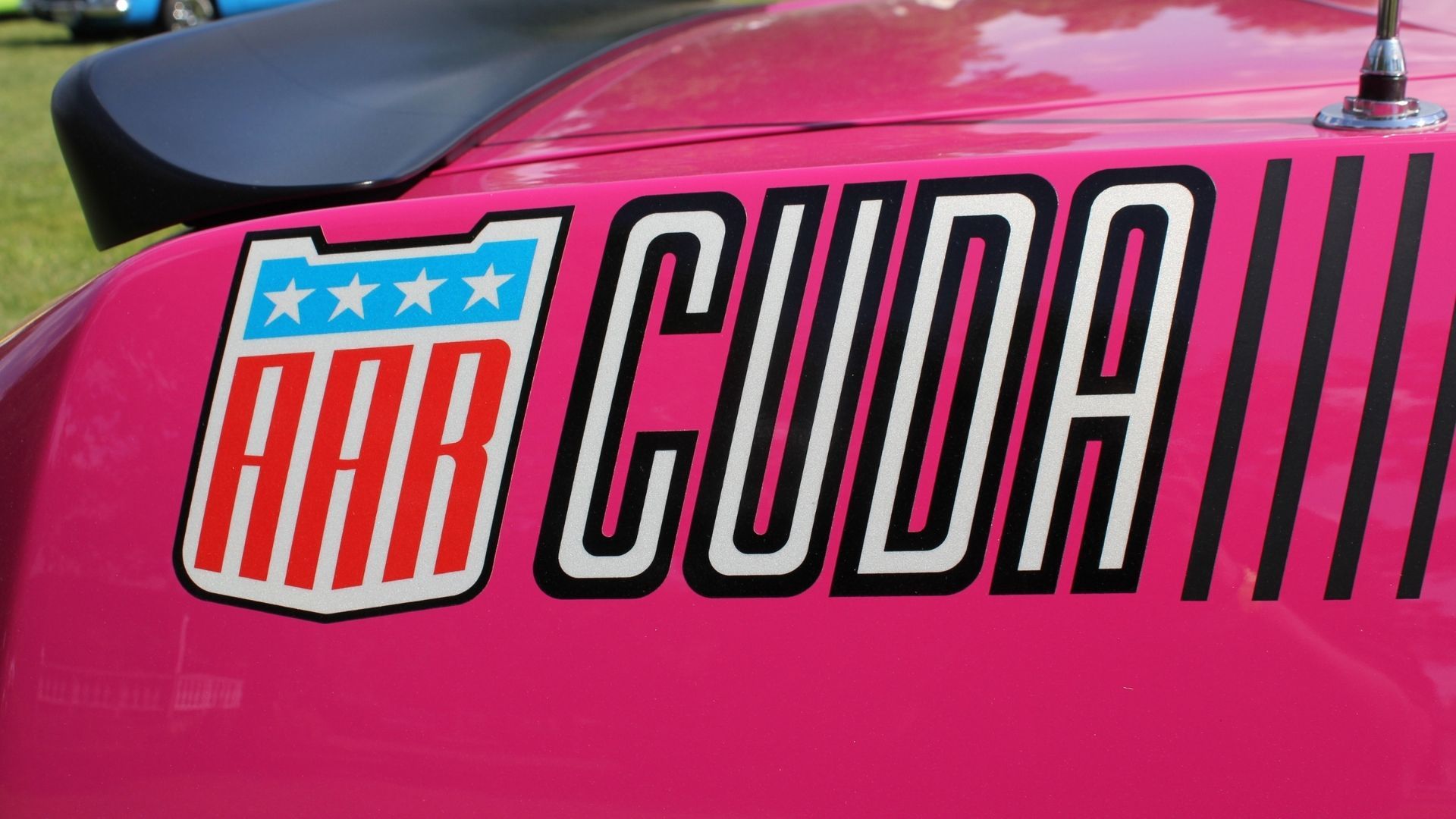
When designing the AAR ‘Cudas, engineers had to find a new place for the antenna versus the normal location on other models. The fiberglass hood was causing too much interference for the antenna to work correctly, so the solution was to mount it in the rear.





